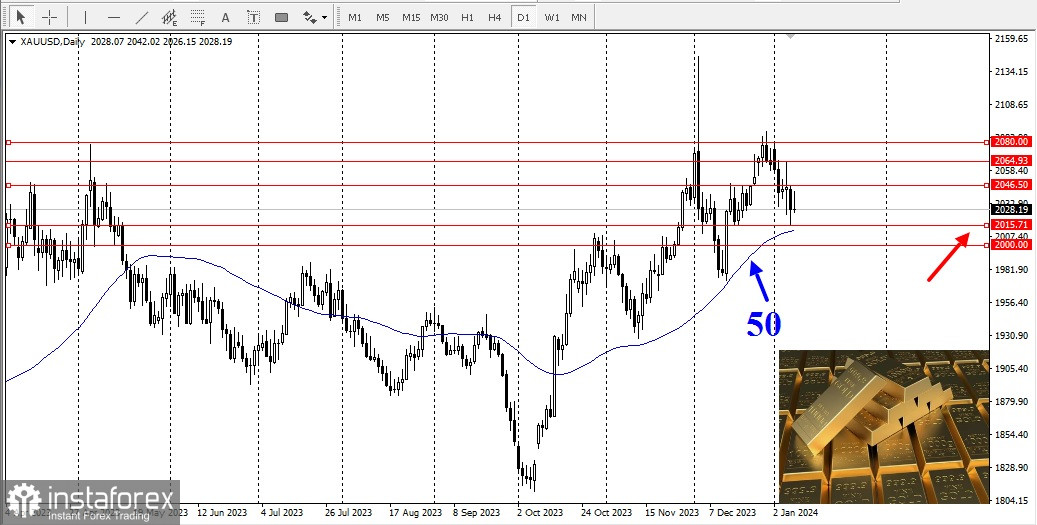
Despite the precious metal moving away from multi-year lows, it still faces obstacles from the speeches of Federal Reserve members, high bond yields, and solid support of the U.S. dollar. Hawkish statements from several Federal Reserve representatives have further complicated the scenario, introducing uncertainty regarding an early reduction in interest rates. This is evident from recent comments by Federal Reserve Bank of Atlanta President Raphael Bostic and Federal Reserve Governor Michelle Bowman, who dismissed the idea of inevitable cuts.
Additionally, the optimistic monthly U.S. employment report, released on Friday, indicates a stable labor market and allows the Federal Reserve to maintain high interest rates for a longer period. These factors support high yields on Treasury bonds, bolster the U.S. dollar, and limit the growth in gold prices. Furthermore, the stable dynamics of the stock markets are another factor restraining gold bulls.
It is also advisable to maintain a cautious approach in anticipation of the latest U.S. consumer inflation data, to be released on Thursday. These figures will significantly impact the dynamics of prices in U.S. dollars and subsequently provide a new directional impulse to gold prices.
From a technical perspective, any subsequent upward movement may encounter resistance near the horizontal zone at $2,046.50, above which the price may attempt to retest the Friday swing high around $2,064. The next barrier is tied to the $2,080 area. A decisive breakout would negate any short-term negative outlook and allow bulls to return to the round figure of $2,100.

On the other hand, the overnight swing low in the region of $2,015-2,016 protects against immediate declines to the 50-day Simple Moving Average (SMA). This is followed by the psychological mark of $2,000, below which the gold price may accelerate its decline towards the convergence of the 100- and 200-day SMAs around $1,962.





















